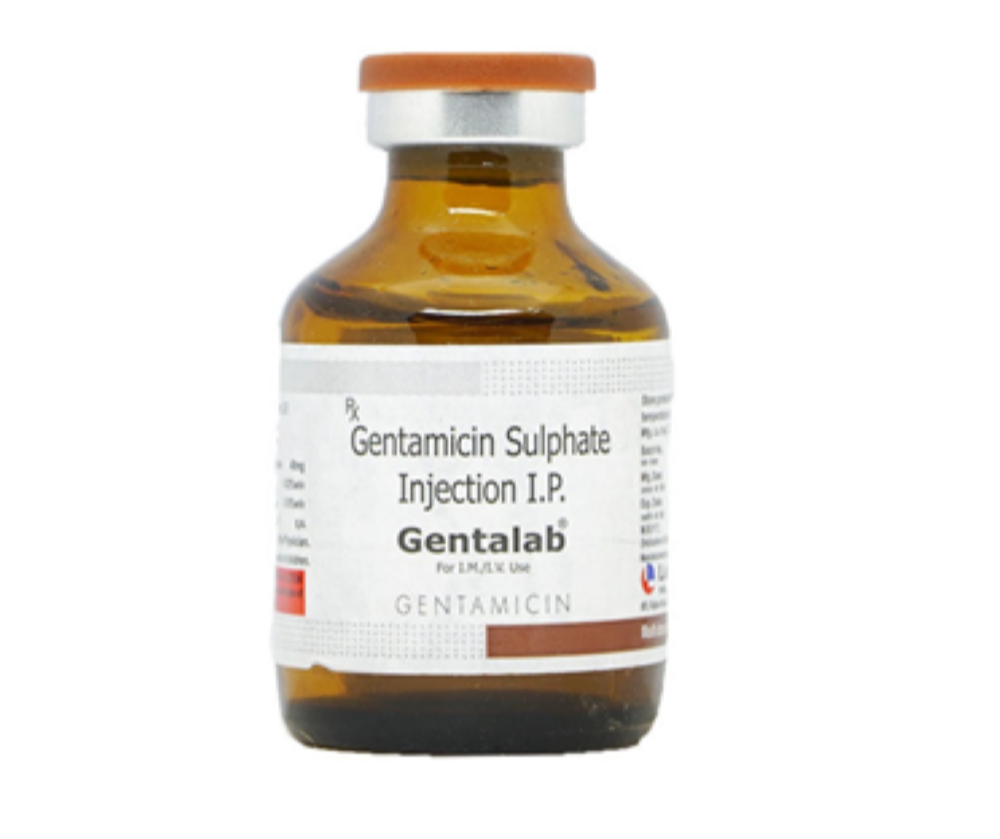Gentamicin Injection: Uses, Mechanism, and Clinical Applications
Introduction

Gentamicin is a powerful antibiotic belonging to the aminoglycoside class, commonly administered through injection to treat a wide range of serious bacterial infections. It is primarily used in hospital settings for infections that are either life-threatening or difficult to treat with other antibiotics. The injectable form is considered particularly useful for deep-seated or systemic infections, such as those in the bloodstream or internal organs.
Gentamicin injection has been a critical component in antimicrobial therapy for decades. Despite the advent of newer antibiotics, it remains widely used due to its effectiveness, especially against gram-negative bacteria. However, it must be used with caution because of potential side effects like nephrotoxicity (kidney damage) and ototoxicity (hearing loss).https://todayliv.com/what-is-medicine-short-introduction/
Mechanism of Action
Gentamicin works by binding to the 30S subunit of the bacterial ribosome, interfering with protein synthesis. This results in the production of faulty proteins and eventually leads to bacterial cell death. Because of this mechanism, gentamicin is classified as a bactericidal antibiotic—it kills bacteria, rather than merely inhibiting their growth.
It is particularly effective against aerobic gram-negative bacilli, including species such as Escherichia coli, Klebsiella, Pseudomonas aeruginosa, and Proteus. It also has moderate activity against certain gram-positive organisms like Staphylococcus aureus, especially when used in combination with other antibiotics.
Clinical Uses of Gentamicin Injection
- Sepsis and Bacteremia
Sepsis is a potentially fatal systemic response to infection. Gentamicin is often used as part of empirical therapy when the causative organism is unknown, especially when gram-negative bacteria are suspected. It is commonly combined with beta-lactam antibiotics like ampicillin or ceftriaxone to broaden the spectrum of activity.
- Urinary Tract Infections (UTIs)
Although oral antibiotics are generally preferred for uncomplicated UTIs, gentamicin injection is used for complicated or hospital-acquired UTIs, particularly when resistant gram-negative bacteria are involved. Its ability to concentrate in the urine makes it effective in these cases.https://todayliv.com/what-is-medicine-short-introduction/
- Respiratory Tract Infections
Gentamicin is used in severe pneumonia, particularly in hospital settings where multi-drug resistant organisms like Pseudomonas aeruginosa may be present. It is rarely used alone and is usually part of combination therapy.
- Intra-abdominal Infections
Infections such as peritonitis, appendicitis, or intra-abdominal abscesses can involve a mix of aerobic and anaerobic bacteria. Gentamicin is effective against the aerobic gram-negative component and is often combined with other drugs like metronidazole to cover anaerobes.
- Bone and Joint Infections
In osteomyelitis (bone infection) or septic arthritis, gentamicin may be administered intravenously, especially if the infection is caused by resistant gram-negative organisms. It may also be used in localized antibiotic beads directly placed in the infected bone during surgery.
- Endocarditis
Gentamicin is part of combination therapy for bacterial endocarditis, particularly when caused by Enterococcus species or Staphylococcus aureus. It is not used alone but enhances the bactericidal effect of other antibiotics like ampicillin or vancomycin.https://todayliv.com/what-is-clindamycin-antibiotic-used-for/
- Skin and Soft Tissue Infections
Severe skin infections, such as cellulitis, abscesses, or wound infections due to gram-negative bacteria, may warrant the use of gentamicin. However, it is less commonly used in outpatient settings for such infections unless resistance is an issue.
- Pelvic Inflammatory Disease (PID)
In certain cases of PID, especially when hospitalization is required, gentamicin may be administered along with clindamycin to provide broad-spectrum coverage, including anaerobic and aerobic bacteria.
- Neonatal Infections
In newborns, especially premature infants, gentamicin is a key component of empiric therapy for suspected neonatal sepsis, often combined with ampicillin. It is dosed carefully, taking into account the infant’s immature kidneys and the risk of toxicity.https://todayliv.com/what-is-clindamycin-antibiotic-used-for/
Dosing and Administration
Gentamicin injection is given either intravenously (IV) or intramuscularly (IM). The dosage depends on the patient’s weight, age, kidney function, and severity of infection. It is commonly dosed once daily or in divided doses, and blood levels are closely monitored to ensure therapeutic levels are achieved without risking toxicity.
Monitoring parameters include:
Peak and trough levels of gentamicin in blood
Renal function tests (creatinine, BUN)
Hearing tests (especially for long-term use)
Side Effects and Risks
While gentamicin is highly effective, it is also associated with significant side effects:
- Nephrotoxicity (Kidney Damage)
Gentamicin can accumulate in the renal cortex, leading to damage, particularly in patients with preexisting kidney conditions or those receiving prolonged therapy.
- Ototoxicity (Hearing and Balance Issues)
Damage to the inner ear can lead to hearing loss or balance problems, which may be irreversible. The risk is higher in elderly patients, neonates, and those receiving other ototoxic drugs.
- Neuromuscular Blockade
In rare cases, gentamicin can interfere with neuromuscular transmission, especially in patients with conditions like myasthenia gravis or those receiving neuromuscular blockers.
- Allergic Reactions
Though uncommon, some patients may experience allergic reactions ranging from mild rash to anaphylaxis.
Resistance Considerations
Bacterial resistance to gentamicin has increased over time, especially in hospital settings. Resistance mechanisms include:
Enzymatic inactivation
Reduced uptake
Alteration of ribosomal binding sites
To combat this, gentamicin is usually used in combination with other antibiotics to reduce the risk of resistance and broaden the antimicrobial spectrum.https://todayliv.com/what-is-clindamycin-antibiotic-used-for/
Special Populations
Elderly: More susceptible to toxicity; require careful monitoring.
Renal impairment: Dosage adjustment is essential to prevent accumulation and toxicity.
Pregnancy: Use only when absolutely necessary; may affect fetal hearing.
Liver disease: Generally does not require dosage adjustment.
Conclusion
Gentamicin injection remains a vital antibiotic in the treatment of severe and life-threatening infections, particularly those caused by gram-negative bacteria. Its potent bactericidal activity, rapid onset, and effectiveness in combination regimens make it invaluable in critical care and hospital settings.
However, its use must be carefully managed due to the risks of kidney and ear toxicity. With appropriate monitoring and dosing, gentamicin continues to be an effective tool in the fight against resistant bacterial infections, especially in an era of growing antimicrobial resistance.https://todayliv.com/what-is-clindamycin-antibiotic-used-for/